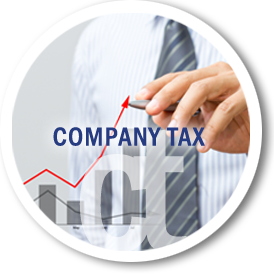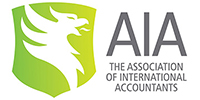Businesses should be planning for the rise in Corporation Tax (CT), which comes into force from 1 April 2023, and sees the top rate of tax rising from 19 per cent to 25 per cent.
The tax applies to all profitable limited companies – both from trading income and from the sale of investments or assets.
The new approach to Corporation Tax
After 1 April, small companies with profits of up to £50,000 will continue to pay CT at 19 per cent thanks to the small profits rate. However, companies with profits of £250,000 and over will pay CT at 25 per cent.
Those companies between this upper and lower threshold will pay CT at the top rate of 25 per cent but benefit from marginal rate relief that reduces their effective rate of tax on a sliding scale depending on their level of profitability.
To calculate this, all profits between £50,001 and £250,000 are effectively taxed at a rate of 26.5 per cent.
As an example, if a company enjoyed profits of £150,000 the first £50,000 would be taxed at 19 per cent and the remaining £100,000 at 26.5 per cent.
As a result, the company would receive a tax bill of £36,000, which means that the actual tax rate that applies is 24 per cent.
Associated Companies for Corporation Tax rules have been newly reintroduced and they will apply from 1 April 2023 in the context of the small companies rate of CT.
It applies to clients who own or control more than one company. Where two or more companies are “associated” with each other, the Corporation Tax limits are divided by the number of companies concerned.
Like all taxes, CT can be complicated and there are a variety of ways to plan for and mitigate these changes with the right professional advice.






